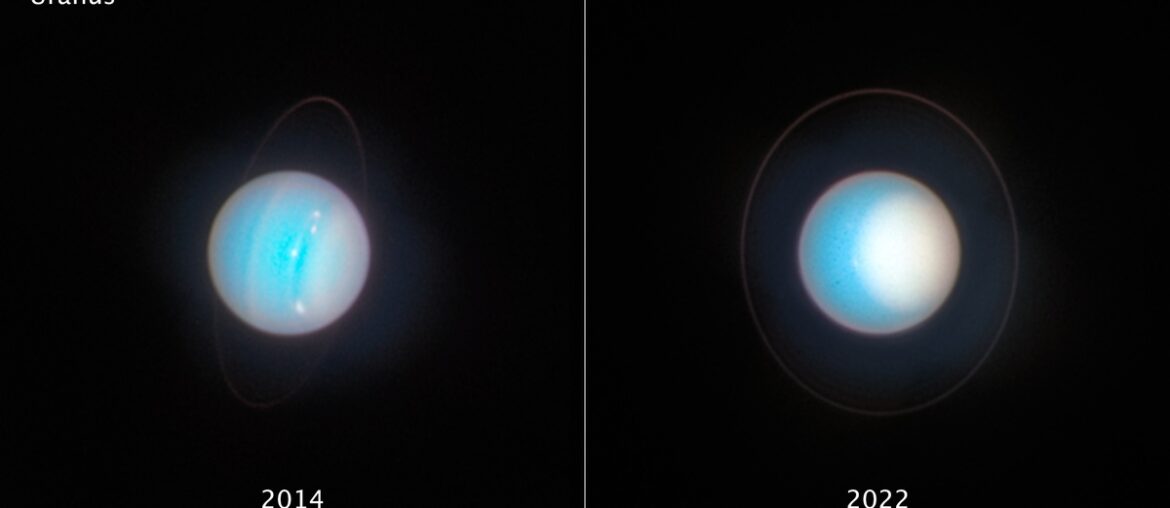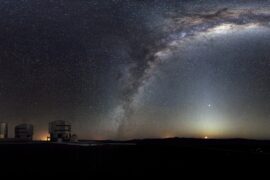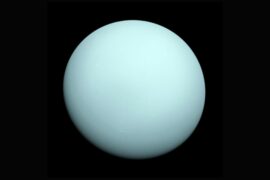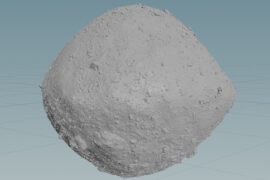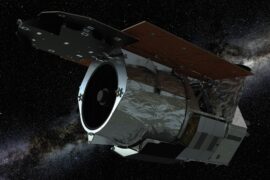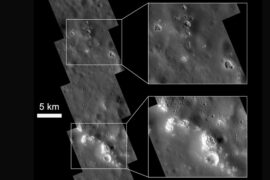Uranus hangs tilted in the outer solar system, a blue-green ice giant that challenges our ideas about planetary formation and interior dynamics. Its faint rings, clustered moons, and unusual magnetic field make it a region where even basic questions still matter.
There are 5 NASA Missions to Uranus, ranging from MUSE to Voyager 2. For each mission, you’ll find below concise entries organized as Launch year (YYYY),Status,Mission type so you can quickly compare objectives, outcomes, and timelines you’ll find below.
What did these missions actually teach us about Uranus?
Voyager 2, the only spacecraft to visit so far, provided the baseline: detailed images of rings and moons, measurements of the tilted magnetic field, and snapshots of atmospheric composition and winds. Later mission concepts like MUSE aim to follow up with orbiters or probes to map the interior, study seasonal changes, and sample the ring and magnetospheric environment more comprehensively.
Is NASA planning any new missions to Uranus?
Several mission proposals and concept studies have been submitted and discussed in the planetary science community, and Uranus is a strong candidate in recent decadal surveys, but as of now no new mission to Uranus has been fully approved and funded for launch — planning and advocacy remain active.
Nasa Missions to Uranus
| Mission name | Launch year (YYYY) | Status | Mission type |
|---|---|---|---|
| Voyager 2 | 1977 | Flown (Uranus flyby in 1986) | Flyby |
| Uranus Orbiter and Probe | 2031 | Recommended (top priority Flagship) | Orbiter and probe |
| MUSE | N/A | Studied (concept) | Orbiter and probe |
| OCEANUS | N/A | Proposed (not selected) | Orbiter |
| ODINUS | N/A | Proposed (concept) | Orbiter |
Images and Descriptions
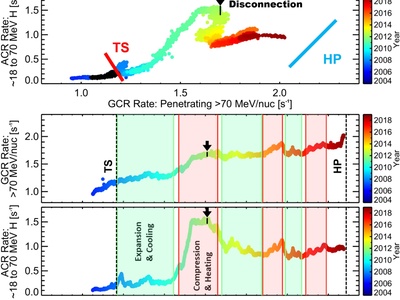
Voyager 2
The only spacecraft to ever visit Uranus, Voyager 2 performed a historic flyby in 1986. It discovered new moons and rings and studied the planet’s unique atmosphere, tilted magnetic field, and icy moons, providing our only close-up data of the system.
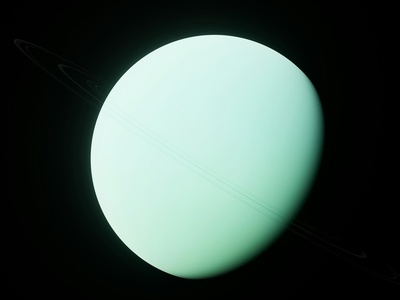
Uranus Orbiter and Probe
The highest-priority large mission recommended by the latest Decadal Survey. It would send an orbiter to study Uranus, its rings, and moons for years, while a probe would plunge into its atmosphere to reveal the secrets of this mysterious ice giant.
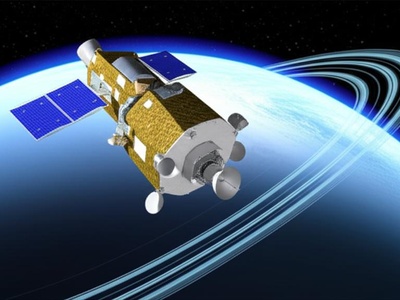
MUSE
A Flagship-class mission concept studied by NASA in 2012. It was designed to orbit Uranus and deploy an atmospheric probe, aiming to understand the formation, evolution, and unique characteristics of ice giant planets, but was not selected for development at the time.
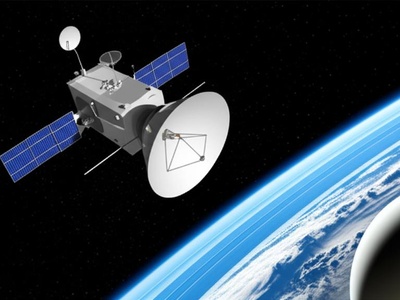
OCEANUS
A mission concept proposed for NASA’s New Frontiers program. OCEANUS was designed to be a dedicated orbiter to study Uranus’s interior, bizarre magnetic field, and moons, focusing on why this “sideways” planet is so different from other giants in our solar system.
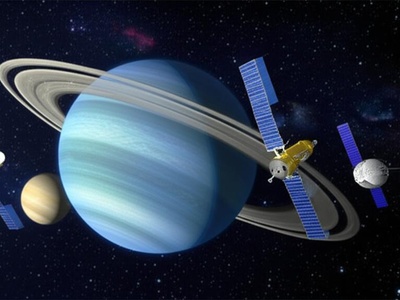
ODINUS
A creative mission concept involving twin spacecraft, one for Uranus and one for Neptune, to conduct a comparative study of the two ice giants. This NASA-supported study aimed to understand the planets’ formation, atmospheres, and magnetospheres using identical instruments.
Enjoyed this article?
Get daily 10-minute PDFs about astronomy to read before bed!
Sign up for our upcoming micro-learning service where you will learn something new about space and beyond every day while winding down.

